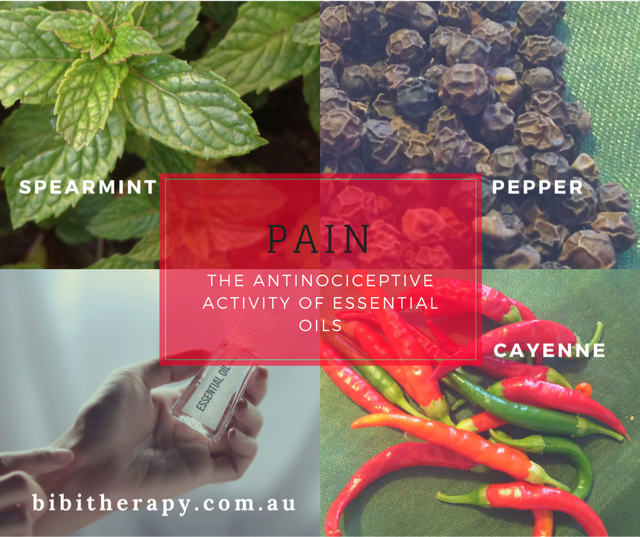Let’s talk about pain; this debilitating and frustrating condition that, when it hits the body, creates not only emotional or mental uneasiness, but, above all it impacts the body’s ability to heal. So, instead of rushing to the chemist and get the conventional painkiller, consider the powerful form of plant based natural pain remedy offered by some very specific essential oils that are also beneficial for the skin microbiome, in general. Relieving pain is just one of the amazing powers packed into a small bottle of essential oil: they provide enticing awakening aromas that help reduce inflammation, anxiety and stress. However, their potency should never be underestimated; they should be used with great caution and avoided during pregnancy or on very young children unless you consulted a certified aromatherapist.
Aromatherapy has started to be used as a valid intervention as pain management and various studies, including clinical trials are validating the miraculous powers of single oils or blends of oils. The table below outlines a few essential oils and their use in the current aromatherapy management procedures
Table 1. Antinociceptive activity of some common essential oils used in BIBI Therapy practice.
| Essential Oil/Latin Name | Antinociceptive Activity | Source |
| Bergamot
Citrus bergamia |
Alleviates pain, including chronic pain | (Scuteri et al, 2018) |
| Pepper
Piper nigrum L |
Reduces Pain | (Zhang et al 2014) |
| Thyme | Anti-inflammatory, antioxidant | (Goncales et al, 2017) |
| Spearmint
Mentha spicata |
Analgesic for the pain treatment in osteoarthritis;
Reduces tension headaches and pain; Relaxes the muscles, reduces tension headaches and pain in fibromyalgia; |
(Mahboubi, 2017) |
| Wintergreen
Gaultheria procumbens |
Pain relieving activity well known to Native Americans;
Antioxidant, energizing and immune-enhancing and lowers inflammation and reduces pain; Commonly used in the topical treatment of arthritis and muscle or nerve pain; Very strong oil that requires dilution before application |
(Mercola, 2016) |
For more information on how to formulate your own pain relief blend Sign up here
Precautions
If you have a sensitive skin, make sure you conduct a patch test before you splash essential oils on your body. Furthermore, dilute 2-3 drops with a teaspoon of carrier oil of your choice and remember to check with your family Doctor before attempting to use any essential oil. This is especially important if you are pregnant, nursing or undertaking any special medication including homeopathic medication.
Disclaimer
BIBI Therapy does not offer a cure for pain. The information and reference guides are intended solely for the general information. Please seek advice from a specialist or your health care provider if you require any advice on medications.
References
Scuteri et al, Curr Med Chem. 2018, Mar 6
Mahboubi, Complement Ther Clin Pract. 2017; 26: 1-4
Goncales, et al, Pharm Biol. 2017: 55(1):782-786

